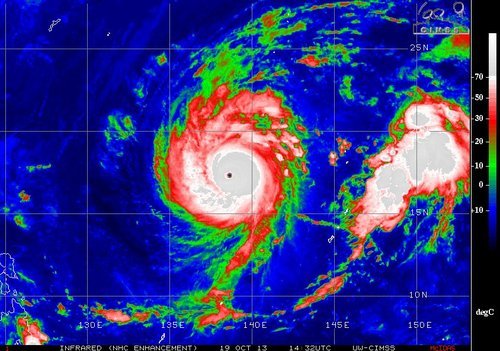Australia Torched by Wildfires
This past week wildfires have been sweeping across New South Wales (NSW), a state located in the south-eastern part of Australia. A few thousand residents have been evacuated due to the fires, about 200 properties have been destroyed and one resident has died from the fires. West/northwest winds have been pushing plumes of smoke towards Sydney and dropping ash at the same time causing low visibilities at times and trouble for asthmatics. Currently, it’s not clear what started the fires. Some 60 fires were burning as of Thursday and about a third of them were not contained.
Unseasonably warm and dry weather is a factor as firefighters continue to battle the blaze in addition to dealing with gusty winds. A large high pressure sitting just off Australia’s east coast is to be blamed for bringing in the gusty northwest winds fuelling the fires. The next shot NSW will have at rain looks to be Tuesday as an area of low pressure passes to the south; the bulk of the rain will stay south but showers are still possible.
Yet Another Super Typhoon Forms
Super typhoon Francisco formed earlier this week and has already reached category five status as it churned over the very warm waters of the Northwest Pacific. This morning, a very well defined eye could be seen as Francisco started to move northwest, taking aim at Japan. It is expected to make landfall somewhere on the south-eastern coast of Japan, though there is some uncertainty as to where exactly since it still has four to five days to travel over ocean waters. Regardless of where it makes landfall it will pose a flooding threat to all of Japan’s four main islands. Thankfully, by the time Francisco reaches Japan it will have weakened as lower sea surface temperatures will make it tough for Francisco to sustain itself. The typhoon will likely be of category one or two as it makes landfall next week.


